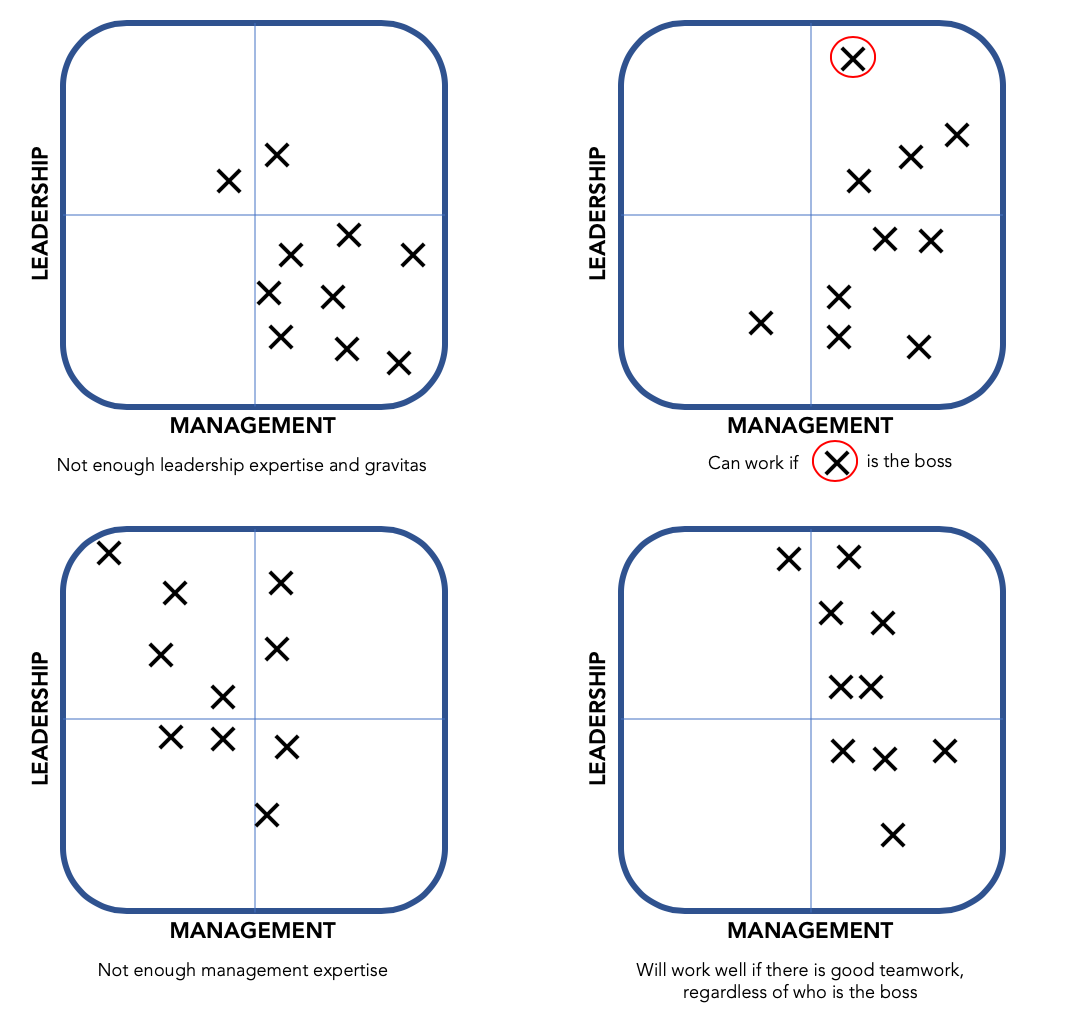In part 2 of Richard Burcher’s pricing transformation series, he discusses the next step of creating an effective guiding coalition.
While many law firms have over the last few years begun pricing improvement initiatives, many have failed to realise their potential and in the most disappointing and frustrating examples, they have eventually reverted to type entirely, losing all of the gains originally achieved. There is good reason for that. It’s hard. The rewards are significant but if it was easy, everyone would have done it a long time ago.

So, we have decided to provide firms with a roadmap which will greatly increase the prospect of durable and sustainable improvements. In doing so, we have developed a law firm specific model which draws on the work of John P Kotter, Konosuke Matsushita Professor of Leadership, Emeritus, at Harvard Business School. Professor Kotter is widely regarded as the foremost international authority on the topics of leadership and change.
In this series which will span 8 weeks, we will set out the 8 steps to a successful law firm pricing improvement initiative. Last week we began the process with:
Step #1 – Establishing a Sense of Urgency.
Which brings us to…
Regardless of the size of the law firm, any major transformation like a pricing improvement initiative requires the optimal team to make it happen. This means a judicious mix of leadership and management.
Two extremes that are almost always doomed to failure include the maverick go-it-alone leader who, whilst nurturing a vision that is indisputably sound, isn’t capable of bringing people with them or they think they can do it all on their own. The second train wreck is the low-credibility committee that lacks the horsepower and the gravitas to get anything done.
There is in fact a third approach that we see far too often and that is the leadership ‘hospital pass’. This is where a firm’s senior leadership team decides that it is time for the firm to do something about pricing, someone is tasked with making it happen – whatever that means – but there is little if any high-level energy or visible senior leadership, sponsorship and endorsement, few resources or budget and a grass roots view that if they do nothing and stay quiet, the board’s latest ‘bright idea’ will shortly sink beneath the waves and they can resume normal transmission.
We are often asked how big this group should be, but this is actually the wrong question. A more appropriate question would be, ‘What is the smallest number of the right people required to successfully deliver the project?’ Irrespective of the size of the firm, speed and nimbleness is key and therefore it is essential to avoid a bloated group that grows like a Triffid solely because of a perception that every discrete constituency in the firm needs to be represented.
Four key characteristics seem to be essential to creating an effective guiding coalition. They are;
1) POSITION POWER: aside from the project needing to appeal to a very broad audience within the firm, practical implementation of pricing improvement initiatives must be devolved to a practice group level. With one eye to this, there is merit in involving the senior people from the firm’s major practice groups, particularly if those individuals tick a number of the other boxes.
2) EXPERTISE: here we are not talking about technical legal expertise but rather, a mix of people possessed of financial literacy, commerciality, business development skills etc – people who are adept at original and unconventional thinking. Nor should the people necessarily come from their traditional home within the firm. So, for example, when we talk about financial literacy, do not assume that this role is only capable of being filled by the firm’s finance director. There are plenty of partners that are highly financially literate, commercial and entrepreneurial, and plenty of people in a managerial role who are real leadership qualities. Besides, cross-pollinated perspectives are invaluable.
3) CREDIBILITY: will the group be taken seriously? Are these people that others look up to? Are they respected and do they have a cache of personal and professional gravitas?
4) LEADERSHIP: there is simply no substitute for the involvement of some high-level heavy artillery. Basically, the more seriously you want people to take the project the more senior the visible sponsorship must be. We have written about this previously in Hands-off Pricing Leadership Produces Lousy Outcomes.
The optimal combination of leadership and management will be different for every firm but striking the balance is essential and they need to be able to work together. You need leadership to keep the whole process under control while management drive the change.
And as with expertise cross pollination, the terms leadership and management should not be taken too literally or interpreted too narrowly. Individuals within a firm’s senior management team can exhibit exemplary leadership qualities and some partners greatest contribution can be through a management function.
And we should remember the unspoken glue in any group – trust and mutual respect.
The grids below depict various combinations of leadership and management that may or may not work.

So, to summarise…
You can also read this article on the Validatum website, first published 24 May 2020.